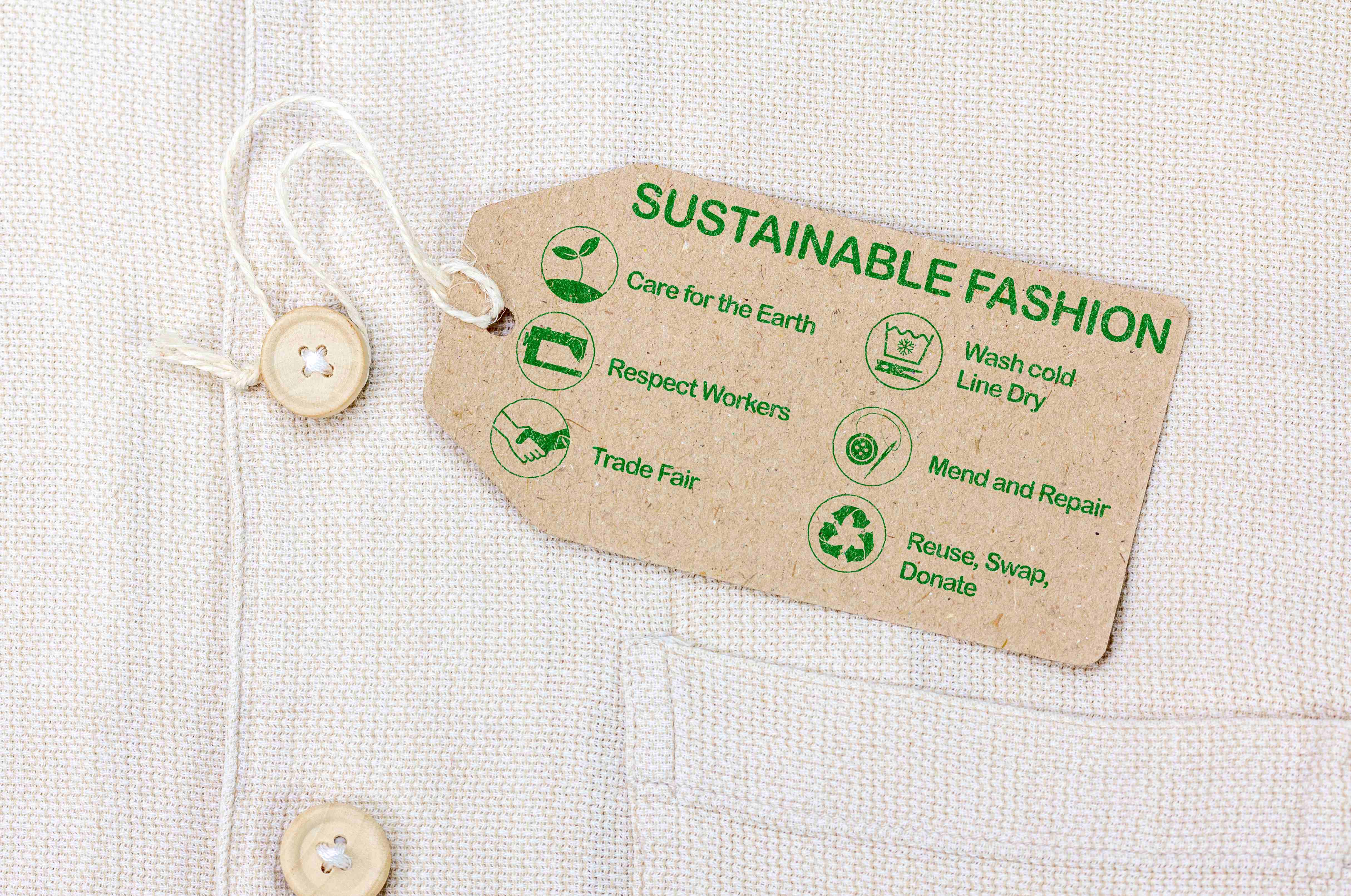Greener & Grander: Sustainability Reporting for Growth and Accountability



Summary: An annual report on sustainability measures, short-term goals, and long-term vision can help brands calibrate their expectations. In the tussle between a sustainable future and a global environmental cry for help, sustainability reporting keeps brands abreast of insights, business growth, and accountability.
What Comes After You’ve Achieved Your Business Goals?
The world is bearing the brunt of global warming and environmental issues. In a different world, increasing profits would be the logical next step for brands that have achieved their business goals. Today, however, fashion brands can benefit from making sustainability their next big goal. Social sustainability and sustainability reporting are the new-age value-addition tools for a brand.
Sustainability reporting can yield positive outcomes if the environmental sustainability measures, goals, and vision of a brand are aligned. It's a gateway to building social capital and visibility among consumers. Needless to say, it’s also effective for building brand loyalty.
Brands resort to "non-financial reporting" to showcase their social and environmental goals. It is a status report on how sustainable practices can benefit brands in the long run.
Self-Regulation: An Ode to Sustainability and Relevance

An annual report on sustainability measures and the long-term vision can guide fashion brands to prepare a mission statement based on data. For example, statistics can tell a brand whether it complies with industry standards or needs to improve. Data-based insights support a brand's approach to sustainable growth in a scientific manner.
According to a World Bank report, fashion is one of the biggest contributors to pollution, accounting for up to 10% of global emissions. By 2030, the fashion industry’s greenhouse gas emissions may surge by more than 50%.
Water is in short supply across the globe. Yet, every year, the fashion industry consumes 93 cubic meters of water, depriving at least 5 million people of clean water.
Eighty-seven percent of the fiber used for manufacturing clothes is burnt or dumped in landfills. Microfibers equivalent to 50 billion bottles are dumped every year in oceans. These microfibers persist in the environment and travel through food chains.

The missing link? A global standard that requires brands to report their practices and makes them accountable for their environmental impact.
Global Reporting Initiative (GRI) standards aim to align brands on how they should take responsibility for their impacts. The standards also provide brands a space to communicate about said impacts. When stakeholders can hold brands accountable for their actions using a common metric, it promotes transparency.
Global standards ensure better connections with businesses, brands, and customers.
Understanding Consumer Sentiments Equals Brand Success
Perception capital is a key element in business today. Brand growth is driven by consumer sentiments, perceptions, and actions. To elucidate, the value of brands changes based on their social perception.
 According to a report by Nielsen, 85% of millennials and 80% of Gen Z global respondents identify more with brands that care about the environment. Greener brands attract employees and consumers organically.
According to a report by Nielsen, 85% of millennials and 80% of Gen Z global respondents identify more with brands that care about the environment. Greener brands attract employees and consumers organically.Sustainability reporting provides real-world data on the business, manufacturing practices, and sustainability efforts of brands to consumers. It also influences the growth of sustainable ventures.
Financial Sustainability: Cost Cutting to Increase Value
The world's supply of clean water, fresh air, and energy is running out at an alarming rate. The cost of dealing with such shortages is quite high. With this, the finances of a brand depend on how they tackle supply-chain disruptions, environmental incompatibilities, and ever-changing regulations.In order to achieve sustainability, brands must make conscious decisions about how to reuse, repurpose, and recycle materials. Generating a sustainability report helps brands cut costs by streamlining their value and supply chains. This could help boost investor preference, employee retention, and overall brand value.

Towards a Greener Future
Key Takeaways
i) Fashion contributes up to 10% of global emissions to pollution.
ii) 85% of millennials and 80% of Gen Z global respondents prefer brands that care about the environment.Thinking about making the green switch with your fashion brand? Fashinza has an AI-driven platform that assists you with all your manufacturing needs, from sourcing to delivery. To know more, talk to us at Fashinza!



















